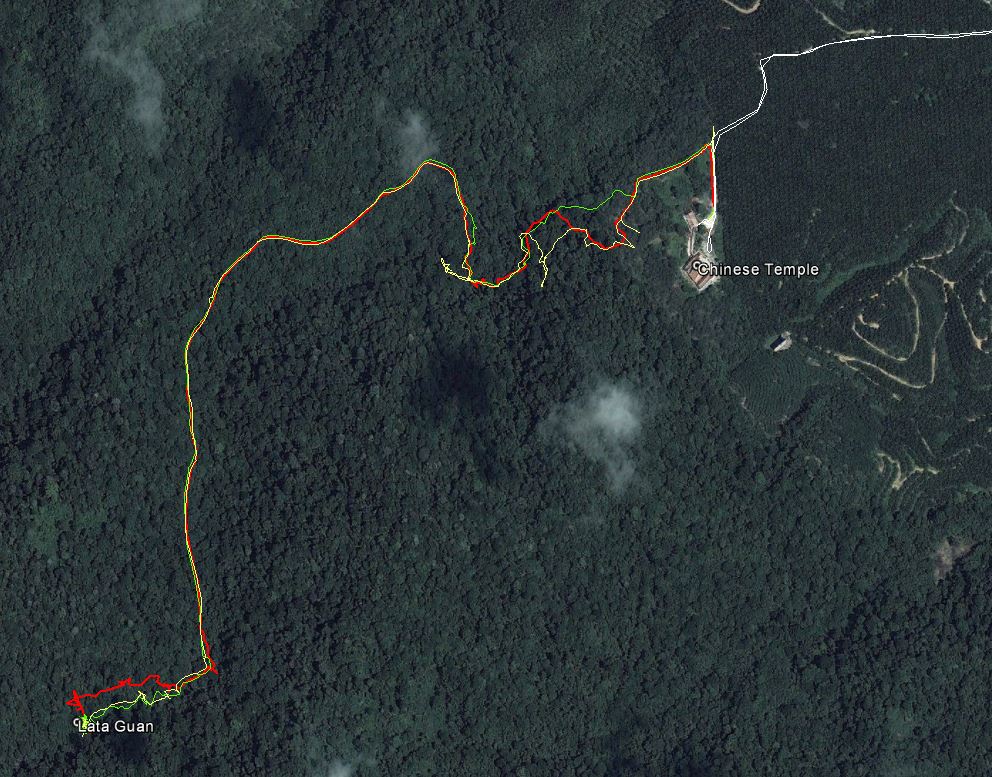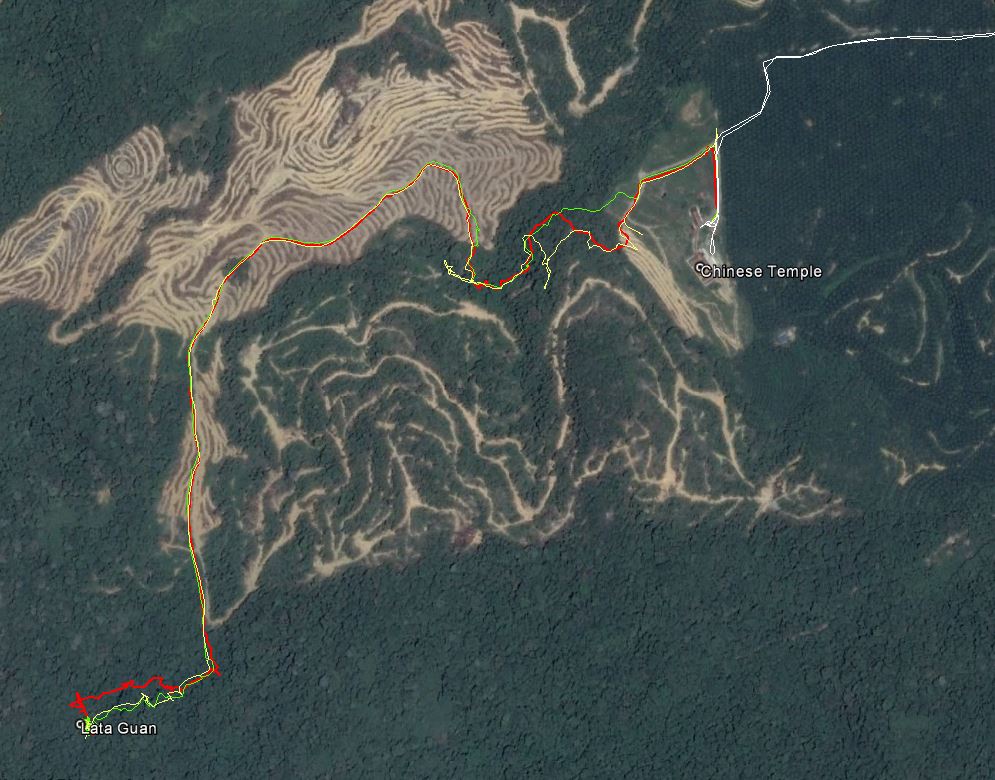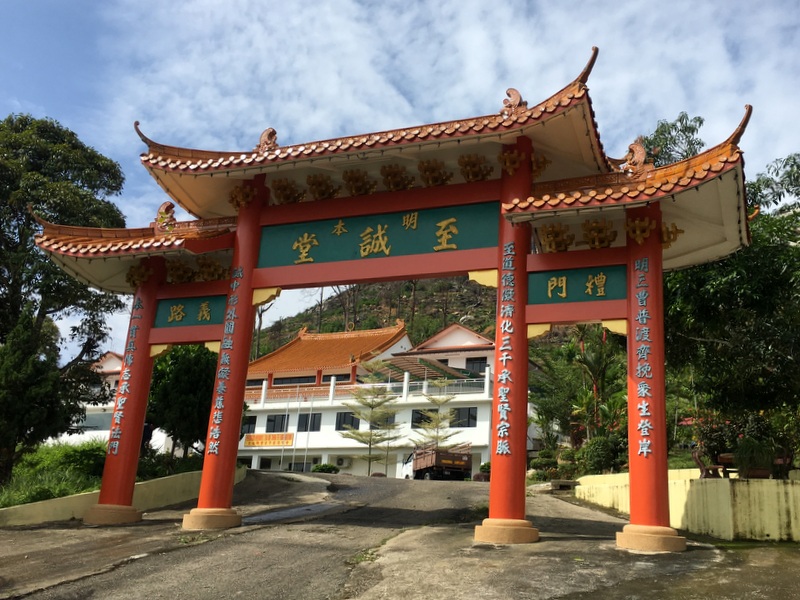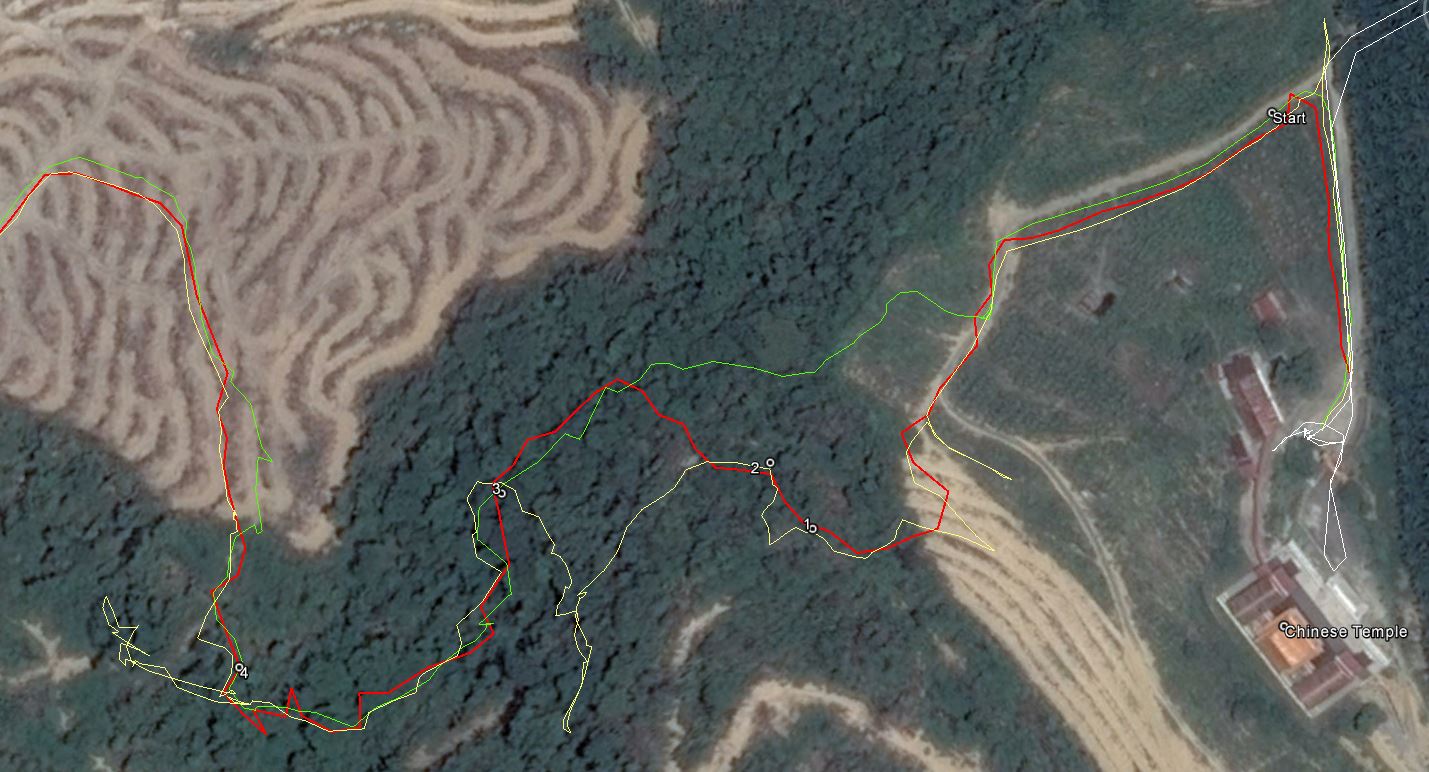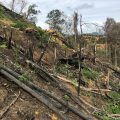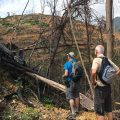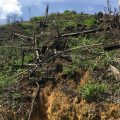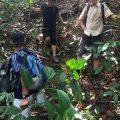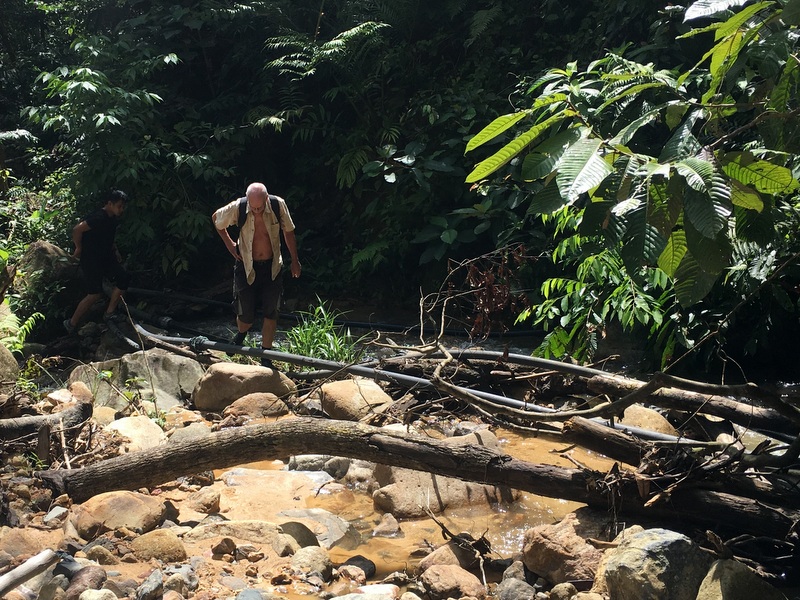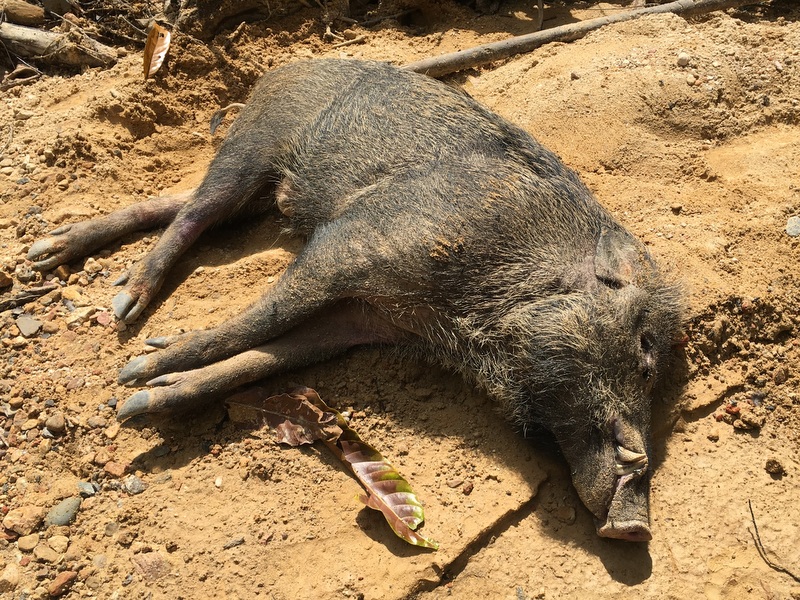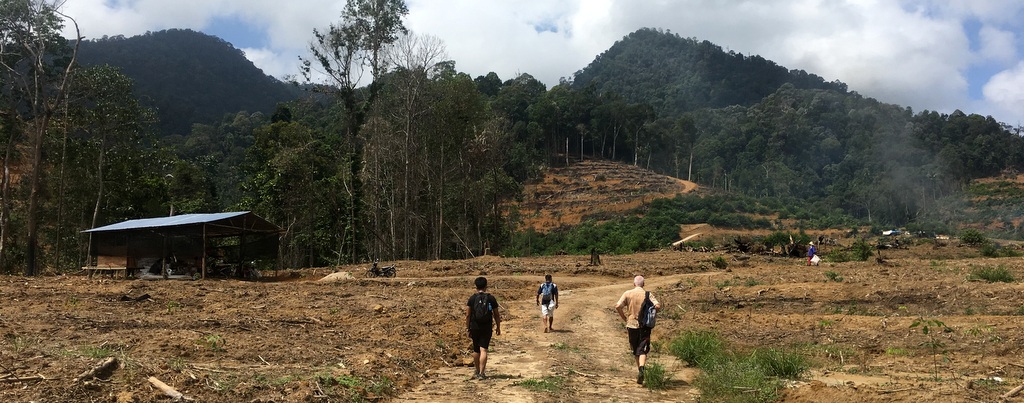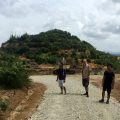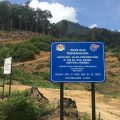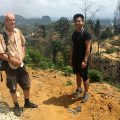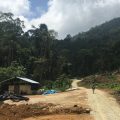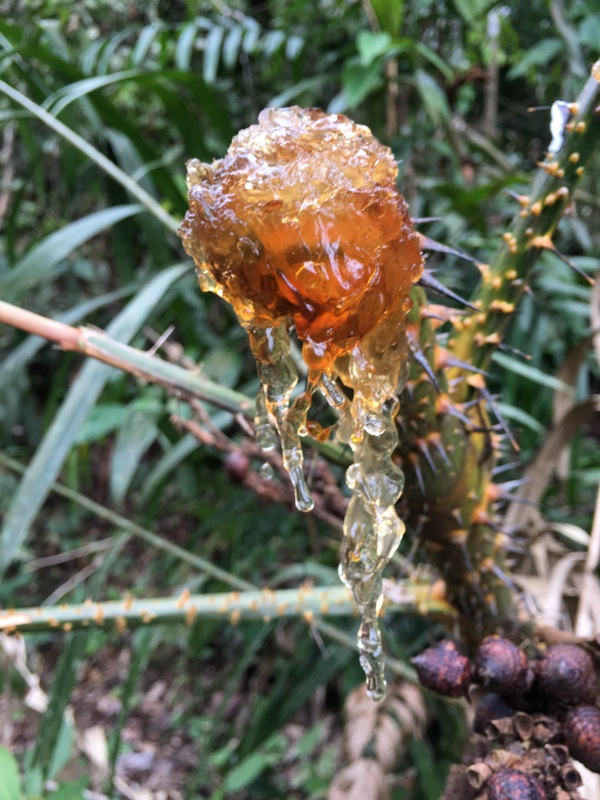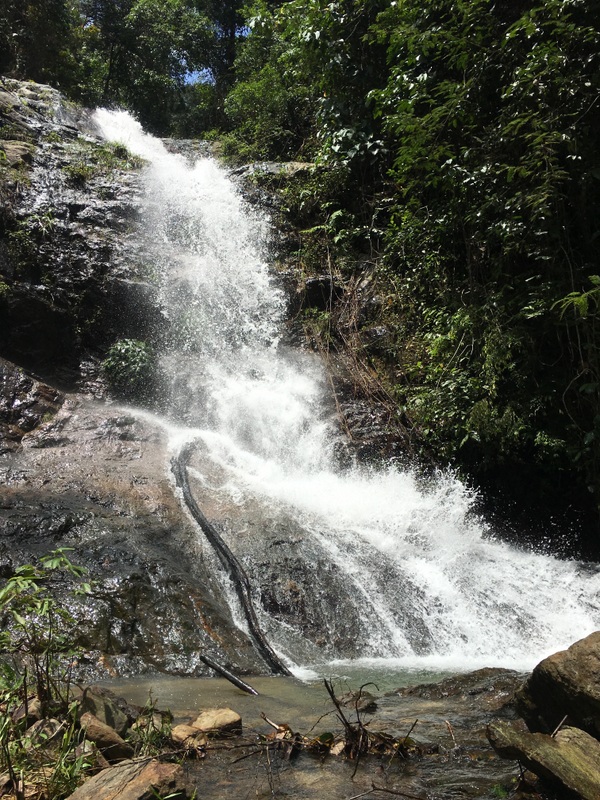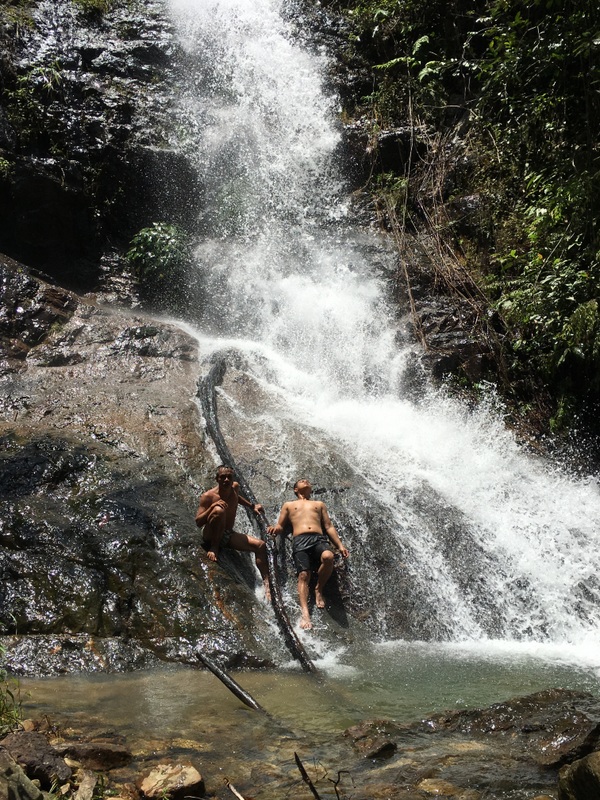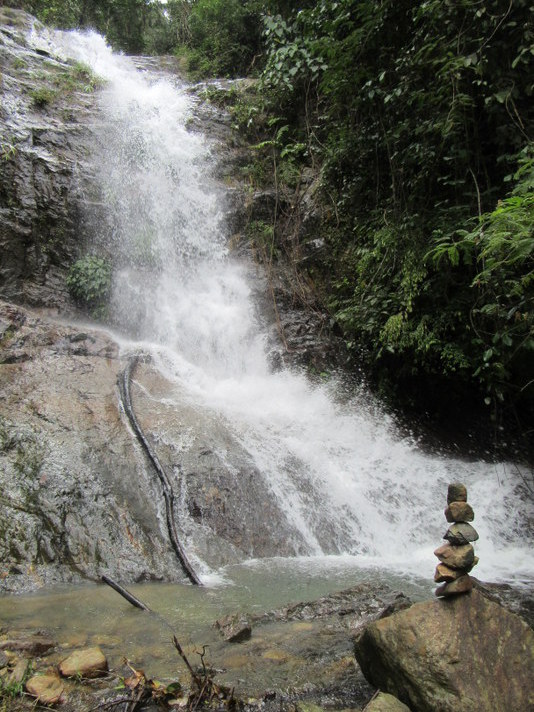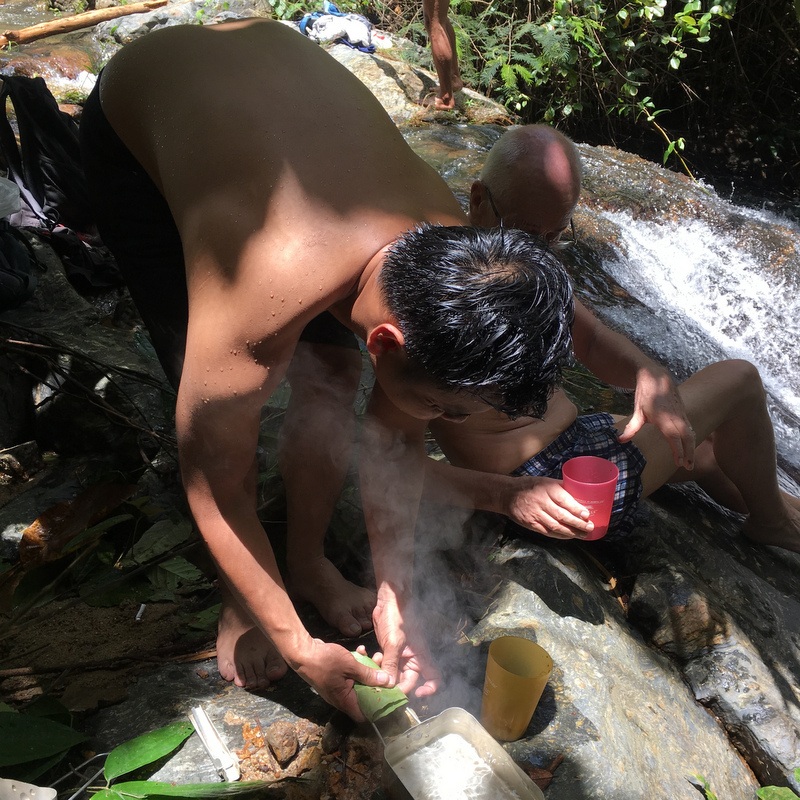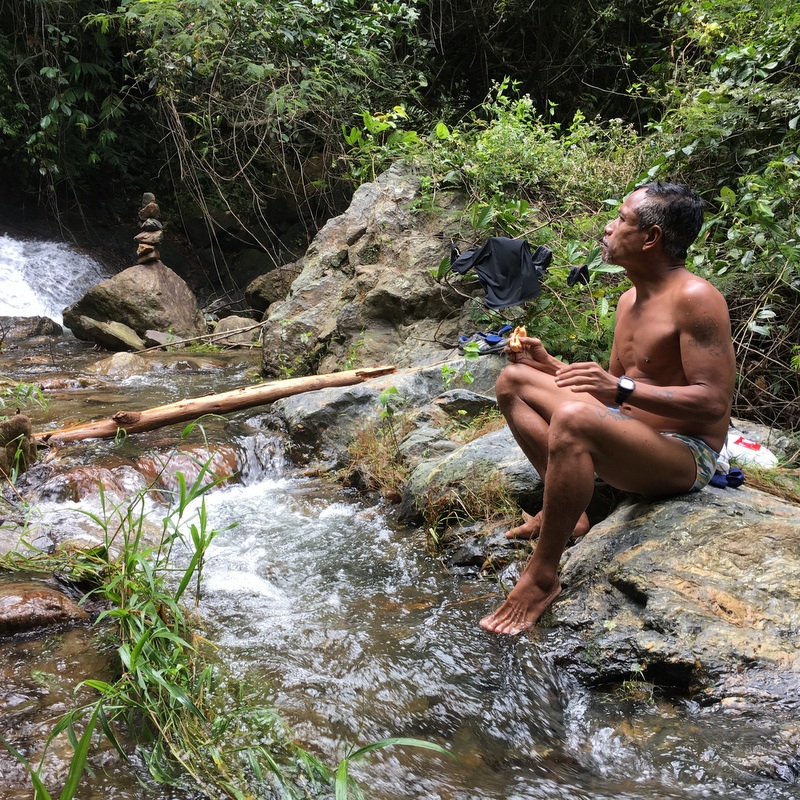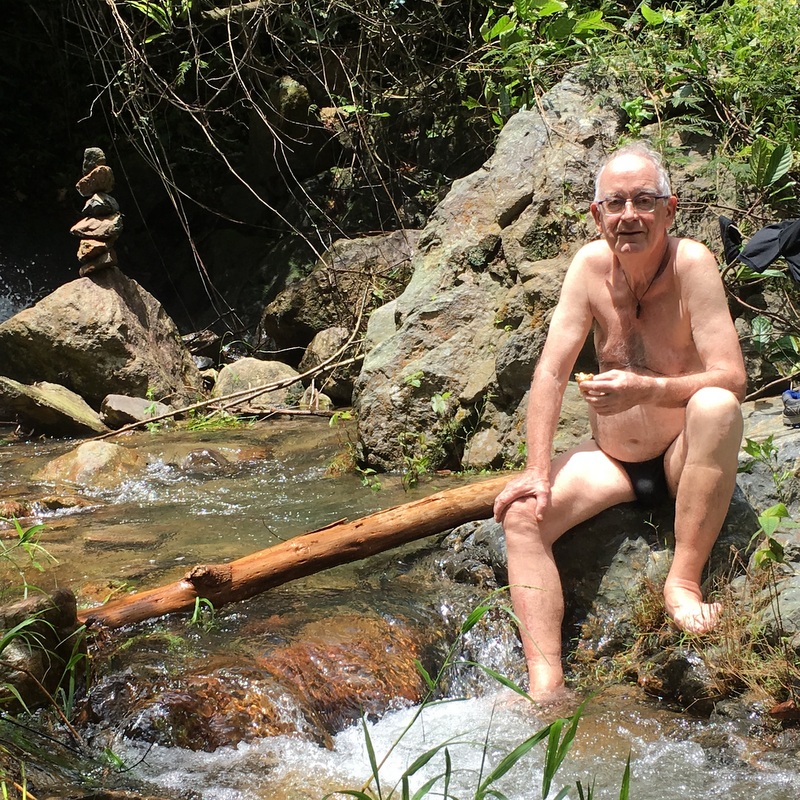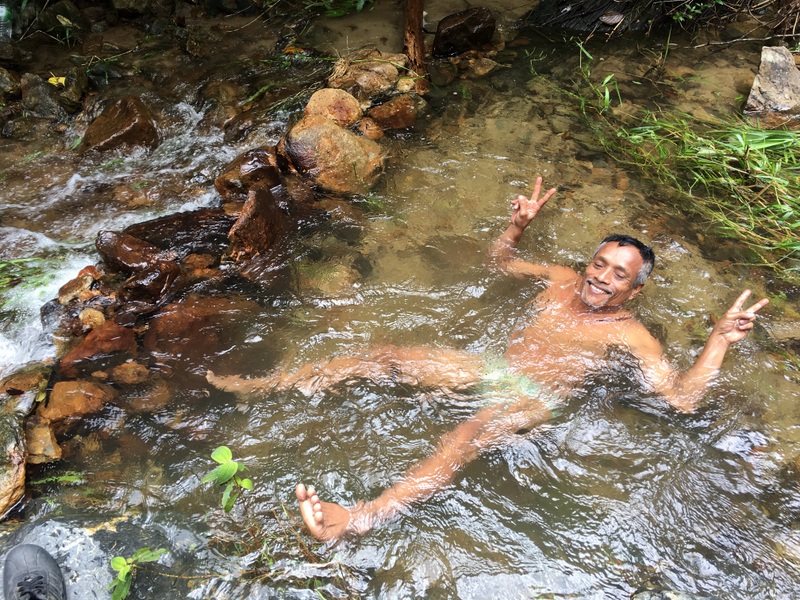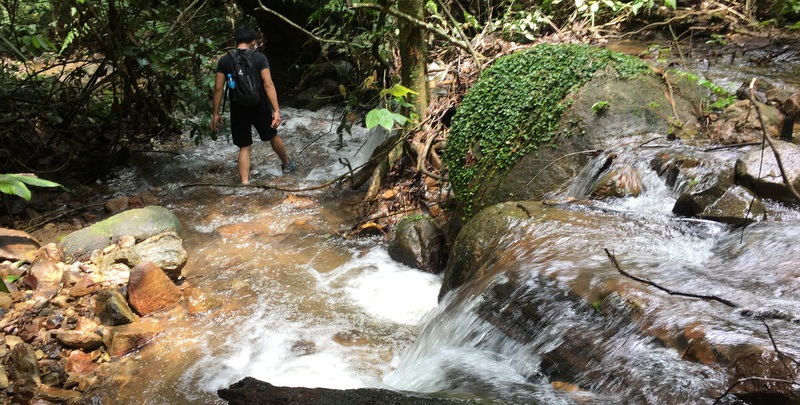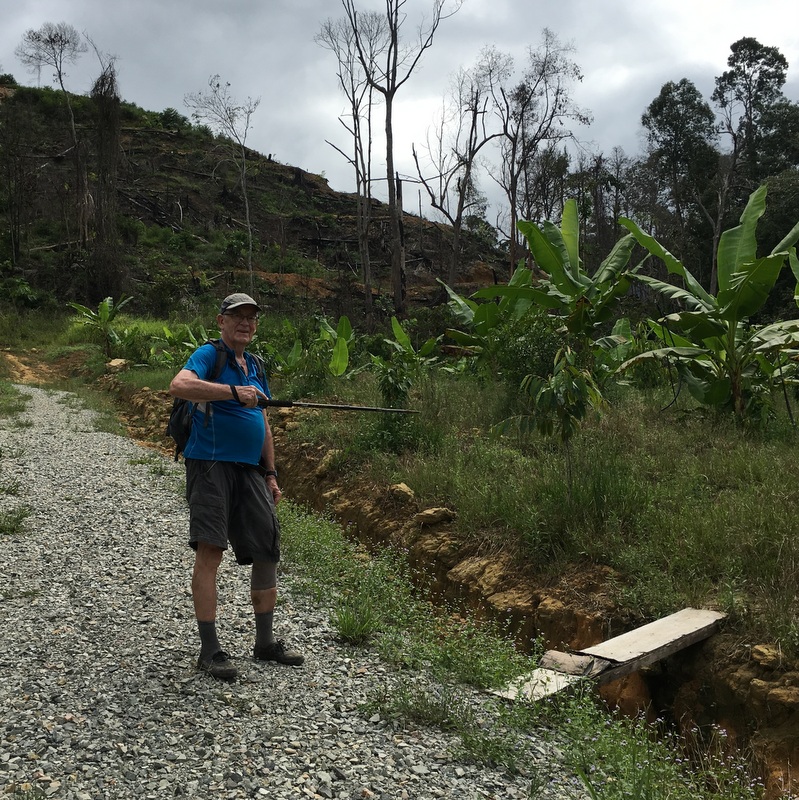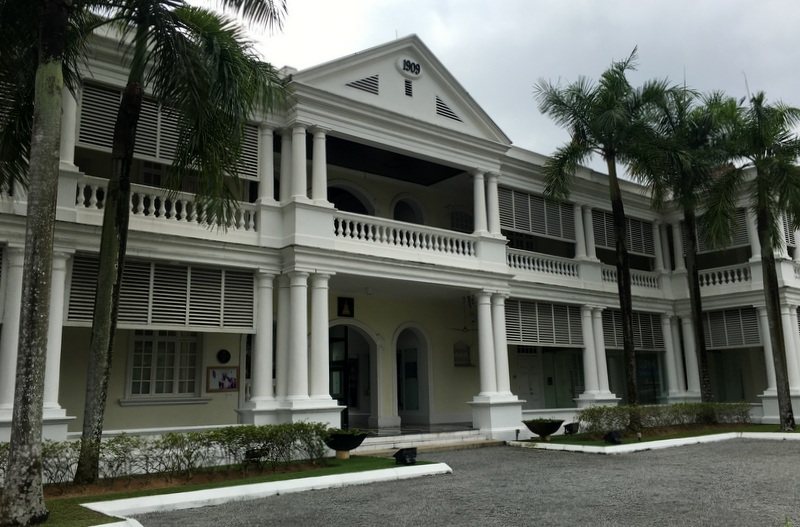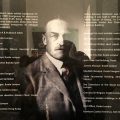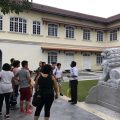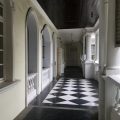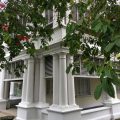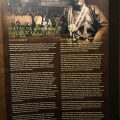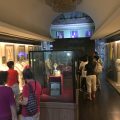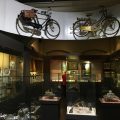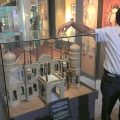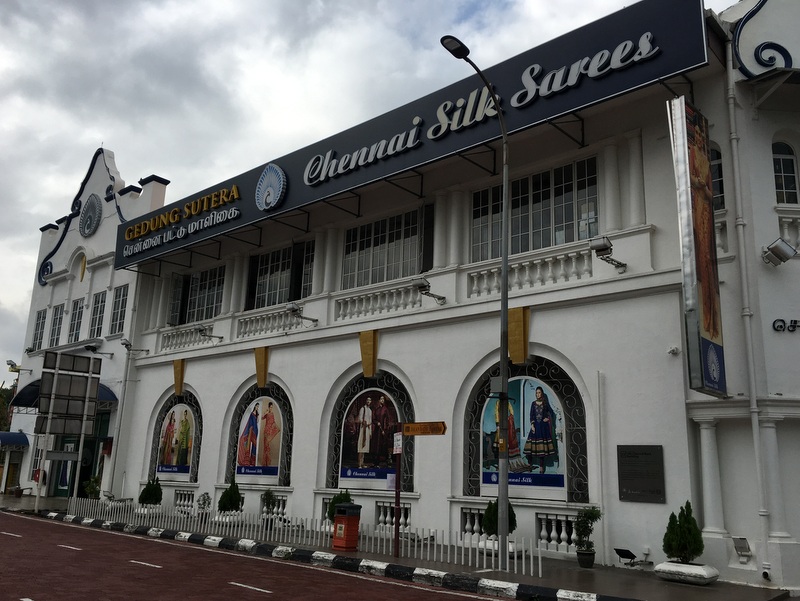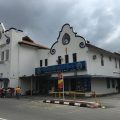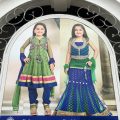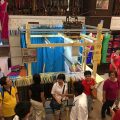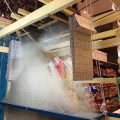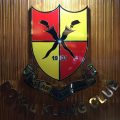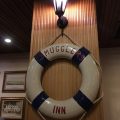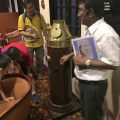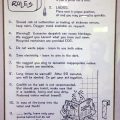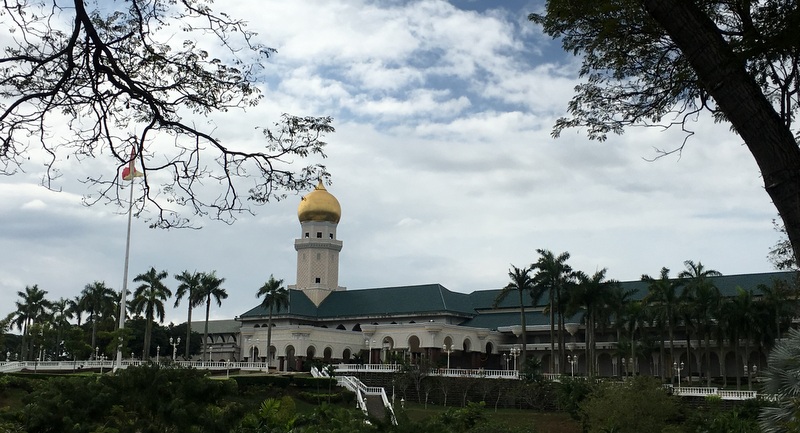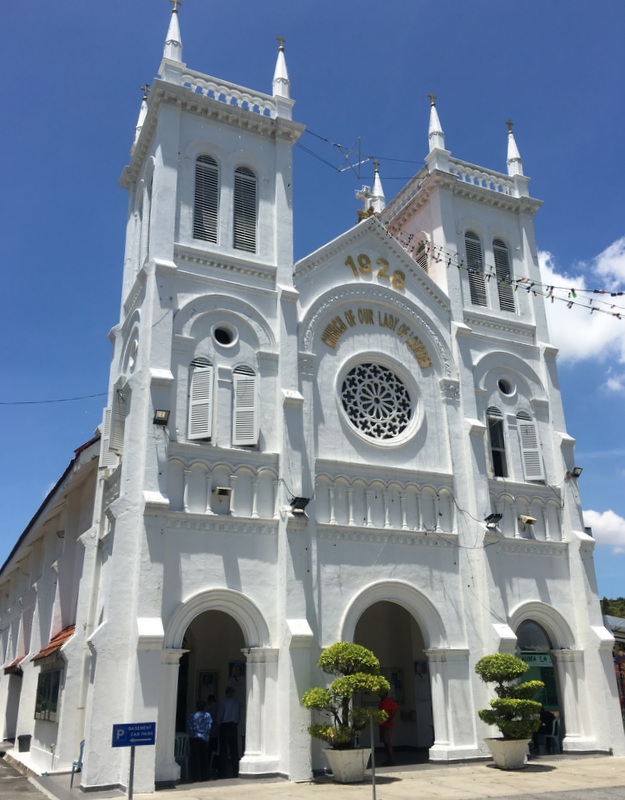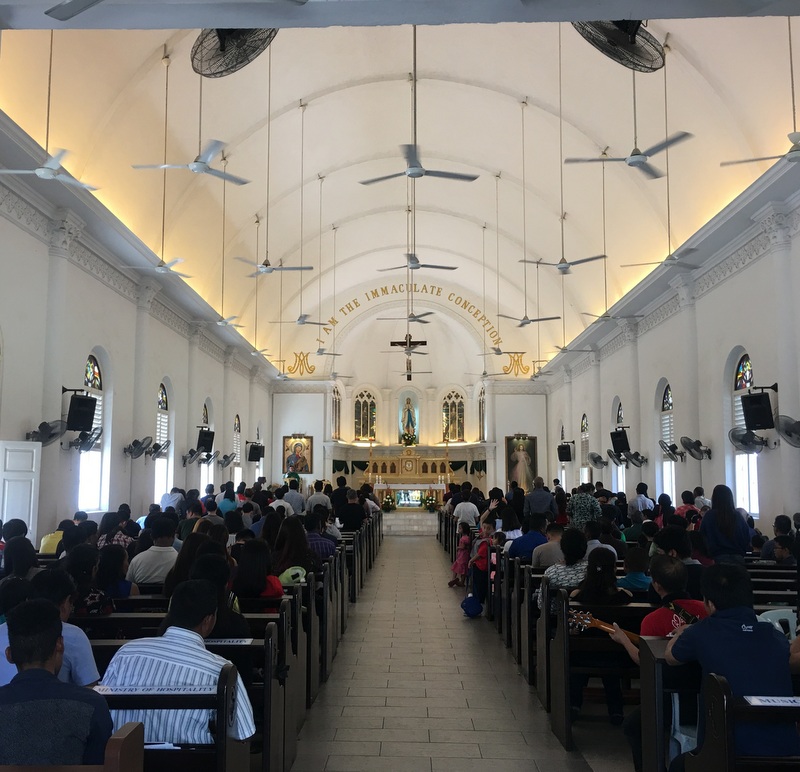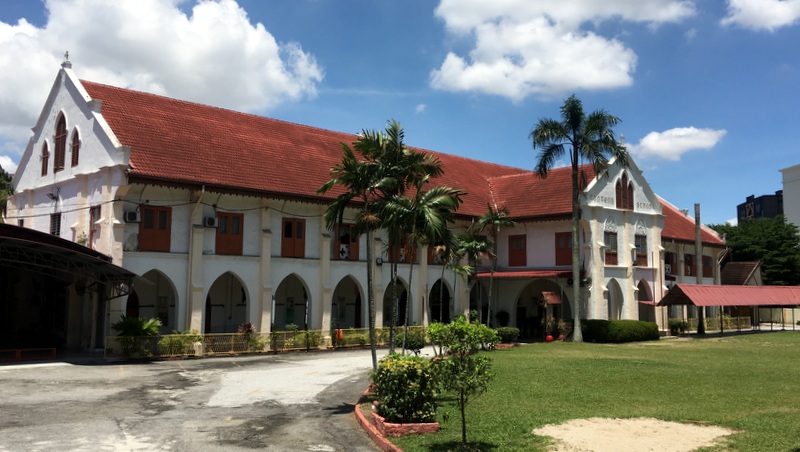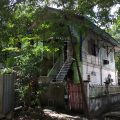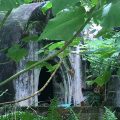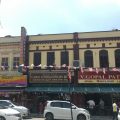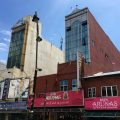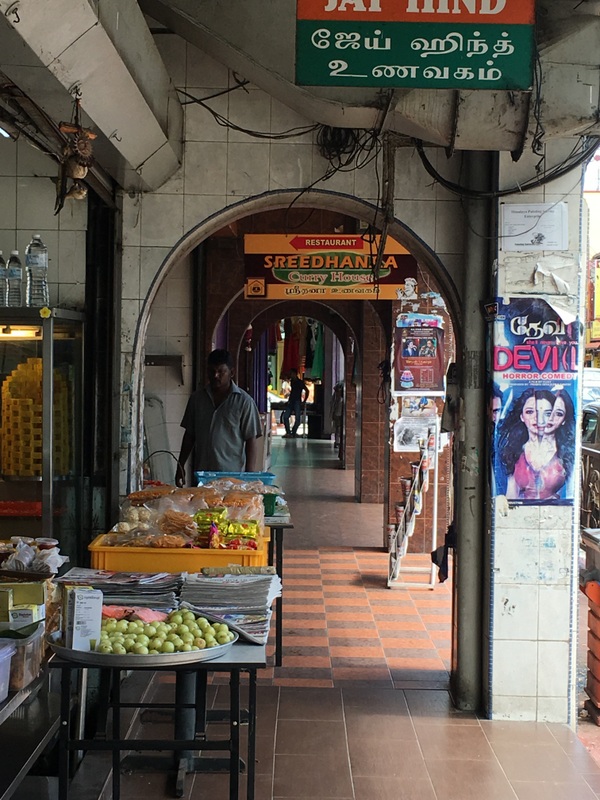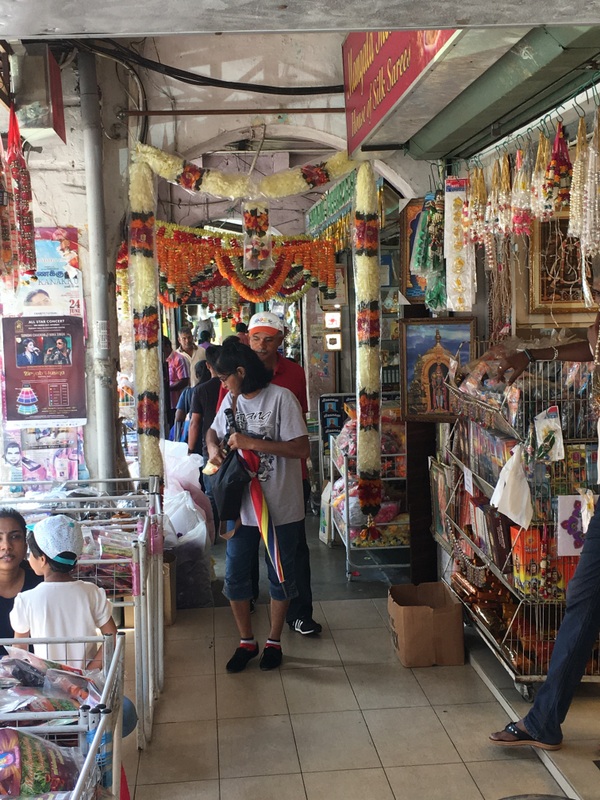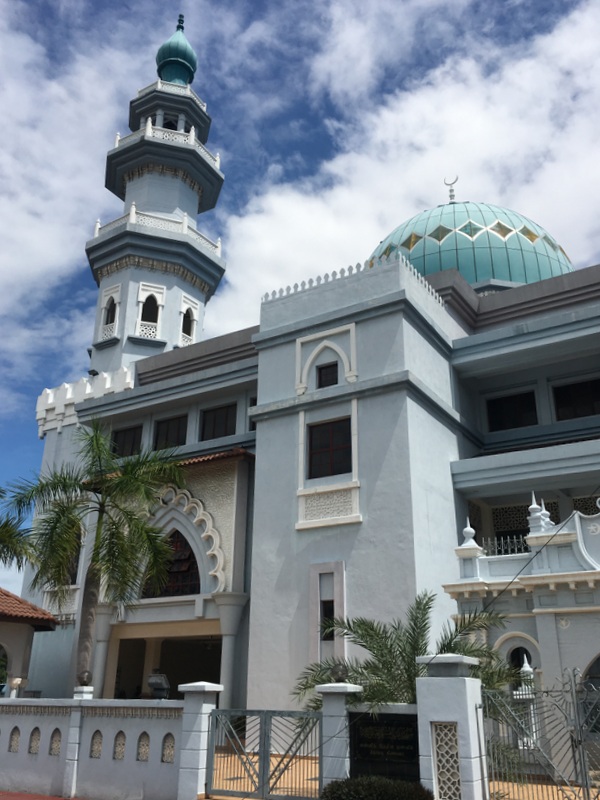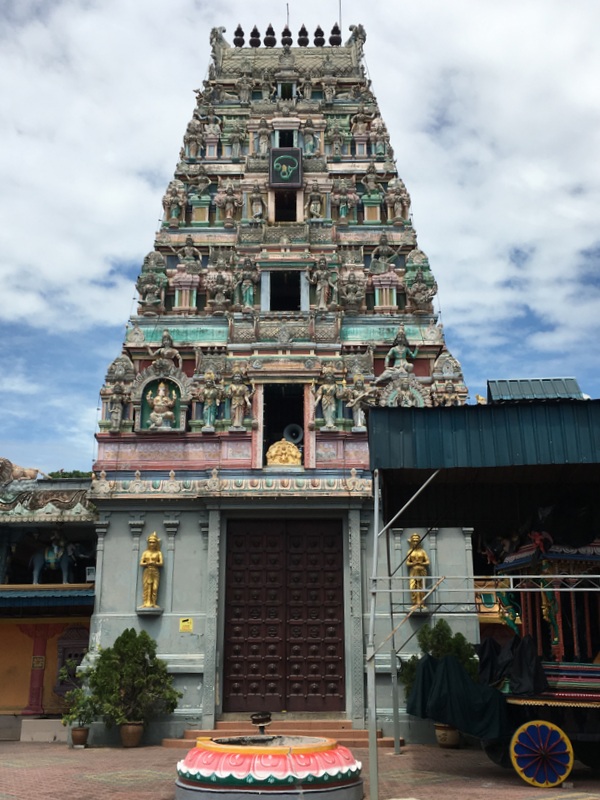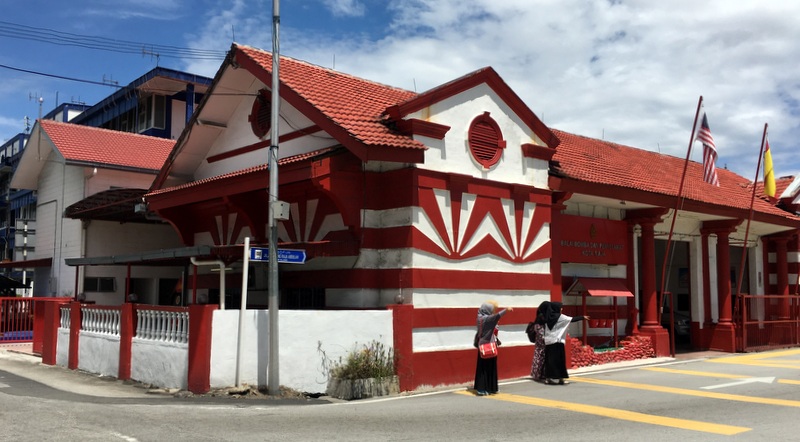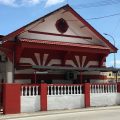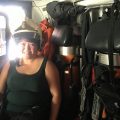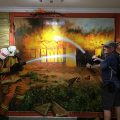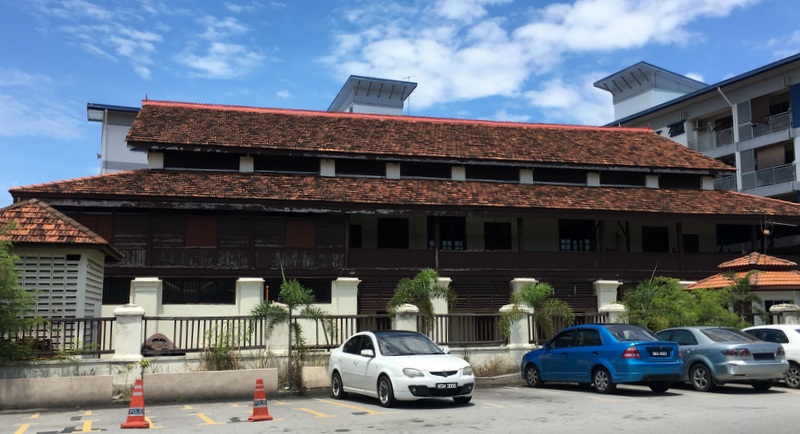Recently some of my friends joined a “hashwalk” to Bukit Lentang in the Karak region. On their way they passed a nice waterfall. Knowing about my interest in (Malaysian) waterfalls, they gave me the GPS-data and suggested that I should visit the fall myself. Of course that was a challenge I could not resist. They warned me that heavy “development” was taking place in the area, with a lot of forest clearing in preparation for plantations.
I checked the historical imagery of Google Earth. Here is the situation in January 2013. A minor road (white line) starts from the main road and leads to a Taoist sanctuary, where the trail starts. Notice the palm oil plantations in the upper right part of the image. The rest is still forest.
Here is the situation in June 2016. Quite a shocking difference. It’s called progress :-(.
My friends Paul, Rahim and Fahmi joined me on this waterfall hike. It was no problem to reach the “Chinese temple”, where we parked our car. Quite a large building, not really a temple, nobody around. We walked back about 100 meter, and passed a gate into a banana plantation.
Here is a detailed GE map. The red track is the track of my hashwalk friends. Our way in is in yellow, our way out in green. Click the map to enlarge. I have numbered the locations where I have taken pictures.
It looks like this part of the hike was still in the forest. But no, more recent than in the GE-map, additional clearing has taken place, everywhere we saw scarred, burnt trees…:-( We took several wrong turns, until Rahim, with his orang asli sense of direction, guided us down the slope to the right trail. Notice that on our way back we found an easier trail (green).
- Destruction everywhere (1)
- How now?
- Is this the way (2)
- Rahim guiding us back (3)
A bit further along the trail (4), we had an unexpected encounter, a dead wild boar was lying where we had to cross the stream. Probably shot by a hunter, but managed to escape. A bullet hole is visible below the eye.
Soon after this encounter we reached the barren land. Here and there huts and sheds, bulldozers, cement, drain pipes, this is a huge project.
Fortunately there were clouds, otherwise it would have been very hot. An “advantage” of the deforestation is that you have nice views of the surrounding landscape. You can see far away the highway to Kuantan and the prominent limestone rock of Bukit Batu Kapur Cinta Manis. But still we were glad when we reached the jungle
- Main road…:-)
- Must be a big project
- Nice view
- Finally reaching the jungle
It is only a few hundred meters to the waterfall. The hashwalk guys had followed a jungle trail, we decided to river trek. We found a thorny plant with a lot of jelly-like stuff dripping from the end. Not sure what it was.
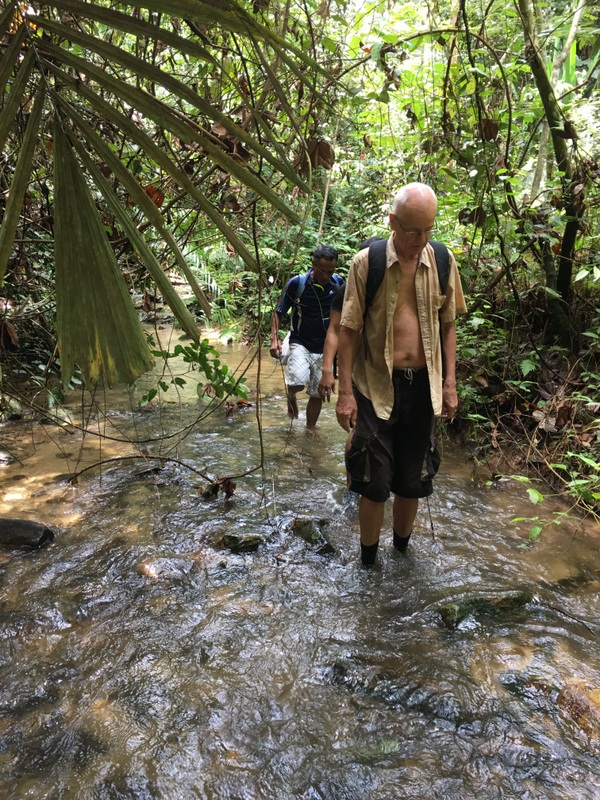
We were happy and excited when we reached the waterfall. Quite tall, pristine. The local orang asli probably have named the waterfall, we passed a family on our way in, but when we went back and wanted to ask, they had left their hut. Provisionally we name it Lata Guan, in honour of Guan, a hashwalker who had “discovered” the fall several years ago.
Here a few pictures of the fall. The cairn in the right picture was built by Rahim
I had brought a stove, we made coffee, had some food and enjoyed the peaceful atmosphere. There were no leeches, no bees, no other people, only the four of us….:-)
When Dutchmen see a stream, they always want to build a dam in the water. In this case it was Rahim who decided to make his private pool…:-)
Here he is enjoying the result of his hard work.
On our way back we followed again the stream
As is often the case with jungle hiking, it is easier to find the correct trail on your way back. In the left picture I am pointing at the location in the banana plantation where you should leave the road and follow the trail. In the right picture this location is indicated by a green marker. I have also sketched the probable location of a new road (blue line) leading to the waterfall. IF that road is a public one, it would be possible to drive until very close to the waterfall. But probably this road may be private at the moment.
A nice adventure

